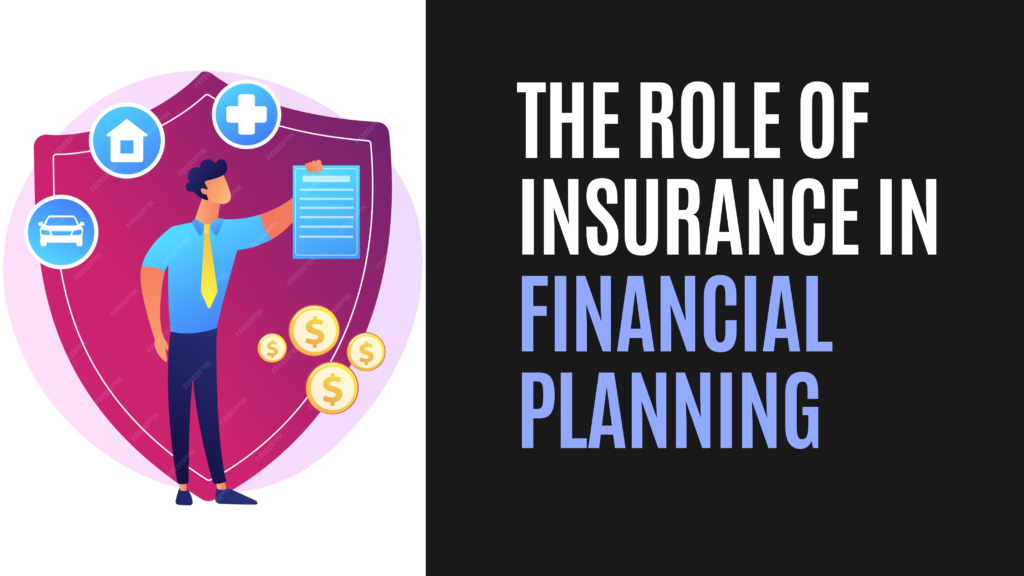Examine This Report on Pacific Prime
Examine This Report on Pacific Prime
Blog Article
Unknown Facts About Pacific Prime
Table of ContentsA Biased View of Pacific PrimePacific Prime Fundamentals ExplainedHow Pacific Prime can Save You Time, Stress, and Money.How Pacific Prime can Save You Time, Stress, and Money.The 5-Second Trick For Pacific Prime

This is since the information were collected for a period of solid financial performance. Of the approximated 42 million individuals who were without insurance, all yet about 420,000 (regarding 1 percent) were under 65 years old, the age at which most Americans end up being eligible for Medicare; 32 million were adults in between ages 18 and 65, around 19 percent of all adults in this age; and 10 million were children under 18 years of age, about 13.9 percent of all kids (Mills, 2000).
These quotes of the variety of individuals without insurance are created from the yearly March Supplement to the Existing Population Study (CPS), performed by the Census Bureau. Unless otherwise noted, national quotes of individuals without medical insurance and proportions of the population with different type of insurance coverage are based upon the CPS, one of the most widely used source of estimates of insurance coverage and uninsurance rates.
The Definitive Guide for Pacific Prime
Still, the CPS is specifically beneficial since it produces annual price quotes reasonably promptly, reporting the previous year's insurance policy coverage approximates each September, and since it is the basis for a consistent set of quotes for more than 20 years, permitting for evaluation of fads in protection with time. For these reasons, along with the extensive use the CPS in other researches of insurance policy coverage that are offered in this report, we count on CPS quotes, with limitations kept in mind.

The price quote of the number of without insurance people broadens when a population's insurance policy condition is tracked for numerous years. Over a three-year period starting early in 1993, 72 million people, 29 percent of the U.S. https://padlet.com/pacificpr1me/my-harmonious-padlet-xyem37dpr2sq1yce. populace, lacked protection for at the very least one month. Within a single year (1994 ), 53 million people experienced a minimum of a month without insurance coverage (Bennefield, 1998a)
Six out of every ten uninsured grownups are themselves employed. Working does improve the chance that one and one's household members will certainly have insurance policy, it is not an assurance. Even members of family members with two full-time wage income earners have practically a one-in-ten opportunity of being uninsured (9.1 percent without insurance rate) (Hoffman and Pohl, 2000).
What Does Pacific Prime Mean?
New immigrants make up a substantial percentage of individuals without health insurance policy. One analysis has actually associated a significant section of the current growth in the size of the U.S. without insurance populace to immigrants who got here in the nation in between 1994 and 1998 (Camarota and Edwards, 2000). Recent immigrants (those who pertained to the USA within the previous 4 years) do have a high price of being uninsured (46 percent), but they and their kids make up simply 6 percent of those without insurance country wide (Holahan et al., 2001).
The partnership between medical insurance and accessibility to care is well established, as recorded later on in this phase. The relationship in between wellness insurance policy and health and wellness outcomes is neither straight neither basic, a substantial scientific and health and wellness services research literary works web links health and wellness insurance policy coverage to improved access to care, better quality, and improved personal and population health and wellness status.
Degrees of analysis for checking out the impacts of uninsurance. It concentrates specifically on those without any kind of health insurance coverage for any kind of length of time.
8 Easy Facts About Pacific Prime Explained
The problems dealt with by the underinsured are in some respects similar to those faced by the uninsured, although they are generally much less extreme. expat insurance. Uninsurance and underinsurance, however, involve distinctly various plan problems, and the methods for addressing them may differ. Throughout this study and the five records to adhere to, the primary emphasis is on persons without medical insurance and therefore no assistance in paying for wellness treatment past what is readily available with charity and safeguard institutions
Wellness insurance policy is a powerful factor influencing receipt of treatment since both clients and medical professionals react to the out-of-pocket price of solutions - https://pacificpr1me.wixsite.com/my-site-1/post/pacific-prime-your-trusted-partner-in-international-health-insurance. Medical insurance, nonetheless, is neither essential neither adequate to get access to medical solutions. The independent and straight impact of health insurance policy coverage on access to wellness services is well established.
Others will certainly get the healthcare they need also without health and wellness insurance, by spending for it out of pocket or seeking it from suppliers that use care cost-free or at extremely subsidized rates. For still others, medical insurance alone does not ensure invoice of care due to various other nonfinancial obstacles, such as a lack of healthcare suppliers in their community, restricted accessibility to transport, illiteracy, or linguistic and cultural distinctions.
The Buzz on Pacific Prime
Official study concerning uninsured populations in the United States dates to the late 1920s and early 1930s when the Committee on the Cost of Treatment created a collection of records regarding funding medical professional workplace visits and hospitalizations. This issue became salient as the numbers of medically indigent climbed during the Click Here Great Depression.
Report this page